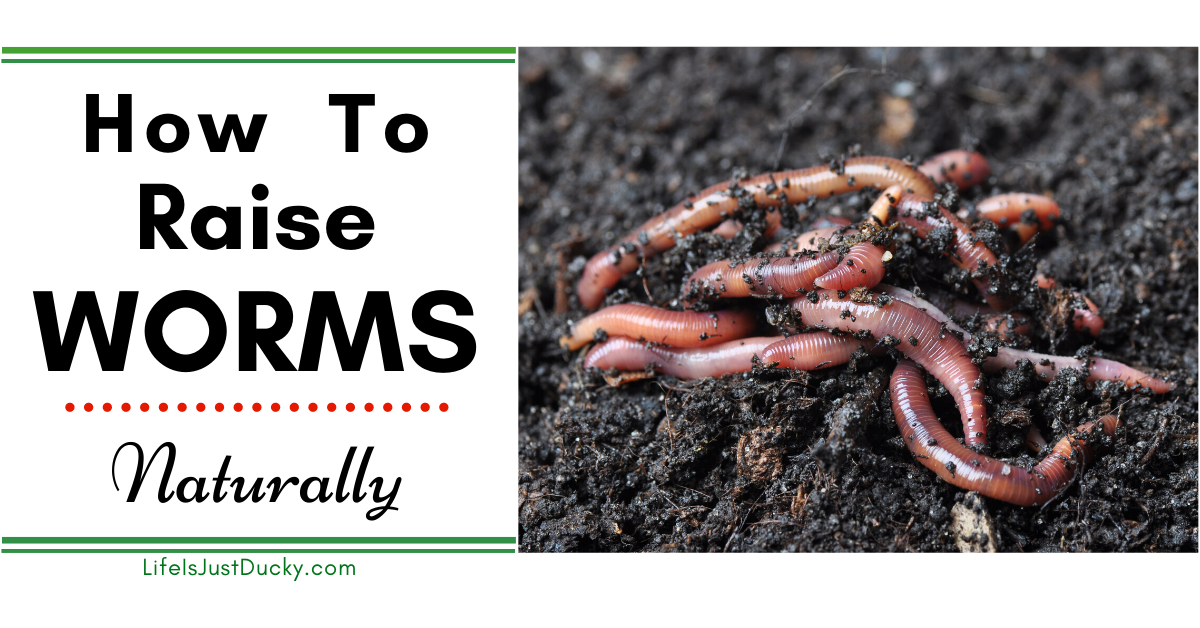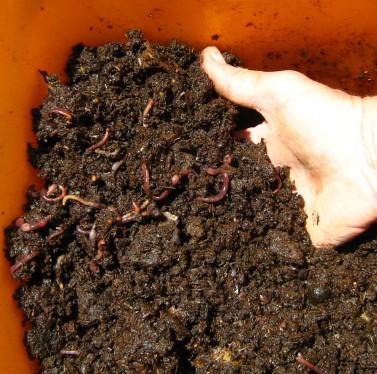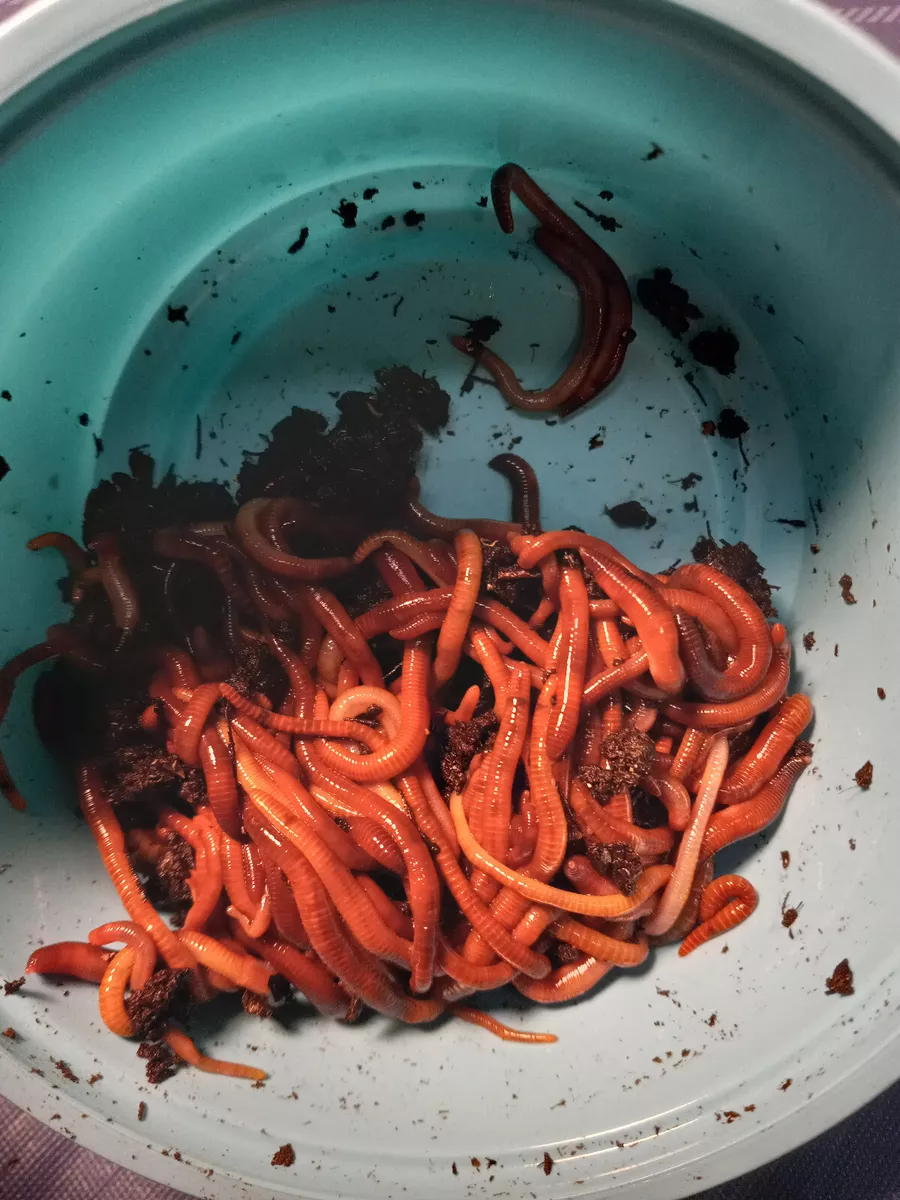Harnessing the Power of Red Wiggler Composting: An Extensive Take A Look At the Environmental and Agricultural Benefits of This Natural Waste Reduction Technique
The practice of red wiggler composting represents a compelling intersection of environmental stewardship and farming advancement, using a lasting service to the growing obstacles of waste administration and soil degradation. Through the natural process of vermicomposting, natural waste is transformed right into an important resource that not just enhances soil however also adds to a considerable reduction in land fill contributions and greenhouse gas discharges. As we discover the complex advantages of this method, we uncover how it can reshape farming methods and advertise ecological recognition, motivating a better evaluation of its potential effect on our communities and environments.
What Are Red Wiggler Worms?
Red wiggler worms, clinically called Eisenia fetida, are a species of earthworm specifically adjusted for composting and natural waste malfunction. These worms thrive in the nutrient-rich environment of decomposing organic matter, making them ideal for vermicomposting systems. Growing to a size of approximately three to four inches, red wigglers are defined by their reddish-brown pigmentation and distinctive banding patterns along their bodies.
Unlike various other earthworm varieties, red wigglers favor to occupy the upper layers of soil and natural debris, where oxygen levels are higher and food resources are abundant. Their physical adaptations permit them to process natural products effectively; they possess a well-developed gastrointestinal system that allows them to convert waste right into nutrient-rich spreadings, commonly described as "black gold" in gardening and agricultural contexts.
Eisenia fetida plays a critical function in the ecosystem by facilitating the disintegration process, boosting soil structure, and advertising microbial task. Provided their special features and eco-friendly value, red wiggler worms have actually ended up being a main component in lasting waste monitoring techniques and organic horticulture efforts, adding significantly to environmental wellness.
Advantages for Soil Health And Wellness
The inclusion of red wiggler worms in composting systems supplies considerable advantages for dirt health and wellness. These worms play a critical role in the decay procedure, damaging down natural issue right into nutrient-rich vermicompost. This natural plant food improves dirt aeration, framework, and water retention, contributing to a much more beneficial setting for plant growth.
Vermicompost is abundant in essential nutrients such as nitrogen, phosphorus, and potassium, which are vital for plant growth (Red Wiggler Composting). The existence of helpful bacteria in vermicompost better promotes soil wellness by enhancing nutrient availability and suppressing soil-borne virus. This dynamic interaction fosters a robust dirt community that supports lasting farming methods
Furthermore, red wigglers assist in the formation of humus, a steady natural matter that boosts soil fertility and resilience. This boosted organic content not just boosts soil texture yet additionally enhances its ability to withdraw carbon, minimizing climate modification effects.
Integrating red wiggler composting into agricultural systems can, consequently, cause healthier soils, greater plant returns, and boosted sustainability. As a result, welcoming this natural waste decrease method can produce extensive benefits for both the atmosphere and agricultural efficiency.
Effect On Waste Reduction
Including red wiggler worms into composting systems substantially decreases waste, transforming natural materials that would or else contribute to garbage dumps into important compost. This technique, recognized as vermicomposting, effectively processes kitchen area scraps, yard waste, and various other biodegradable products, resulting in a substantial reduction in the quantity of waste sent to landfills. According to the Epa, natural waste consists of a significant section of landfill contents, creating harmful greenhouse gases as it disintegrates anaerobically.
By making use of red wigglers, an extremely reliable why not check here composting agent, families and companies can divert a considerable quantity of organic waste from these landfills. Each pound of red wigglers can process and eat about half an extra pound of natural waste daily, resulting in a remarkable reduction in general waste generation.
In addition, the application of vermicomposting assistances regional waste administration initiatives and advertises a circular economy, wherein waste is changed right into a source. As areas significantly adopt this technique, the collective result on waste reduction comes to be apparent, cultivating a much more lasting environment and encouraging liable waste monitoring techniques. Embracing red wiggler composting not just mitigates waste problems but likewise enhances area awareness concerning lasting living.
Enhancing Agricultural Practices
Utilizing red wiggler worms in farming practices can substantially enhance dirt health and crop productivity. These worms play an essential duty in the composting process, breaking down organic issue right into nutrient-rich vermicompost. This all-natural fertilizer boosts soil oygenation, structure, and water retention, which are crucial for robust plant development.
In addition, the castings produced by red wigglers are abundant in important nutrients, such as potassium, nitrogen, and phosphorus, advertising healthier crops with greater returns. The microbial activity promoted by these worms also adds to a flourishing dirt ecosystem, boosting biodiversity and durability against illness and insects.

Furthermore, making use of vermicompost can boost dirt pH degrees, making nutrients much more available to plants. Red Wiggler Composting. As a result, farmers can grow healthier plants while at the same time adding to soil preservation initiatives, eventually developing a much more lasting farming future
Obtaining Started With Composting
Beginning your composting trip needs an understanding of the important elements and processes involved. The key active ingredient in red wiggler composting is natural waste, which can consist of kitchen area scraps, yard waste, and paper items. It is essential to keep an equilibrium between environment-friendly products, rich in nitrogen, and brownish products, high in carbon. This equilibrium cultivates an optimal setting for red wigglers, which are the vital organisms in this composting method.
Picking an appropriate composting system is equally crucial. Worm containers can be created for indoor or outdoor use, and they must offer sufficient drainage and oygenation. It is recommended to start with a small number of worms-- about one pound of red wigglers for each one pound of waste created once a week.

Verdict

The technique of red wiggler composting represents a compelling intersection of ecological stewardship and farming innovation, offering a sustainable remedy to the growing difficulties of waste monitoring and soil degradation.Moreover, the application of vermicomposting supports local waste management initiatives and promotes a round economic situation, in which waste is changed right into a source. As areas progressively adopt this method, the cumulative result on waste reduction ends up being evident, cultivating an extra lasting environment and motivating accountable waste monitoring methods. The main active ingredient in red wiggler composting is natural waste, which can consist of kitchen area scraps, lawn waste, and paper products.In recap, red wiggler composting provides a lasting service for natural waste administration, yielding nutrient-rich vermicompost that significantly improves soil more helpful hints health.
Comments on “Red Wiggler Composting: How to Start and Keep an Efficient Worm Container”